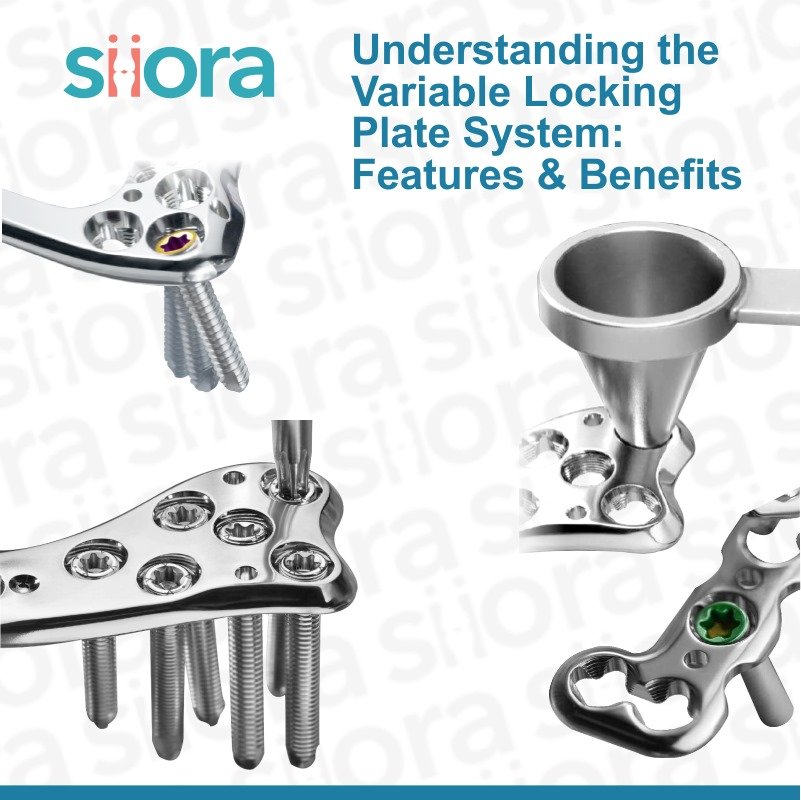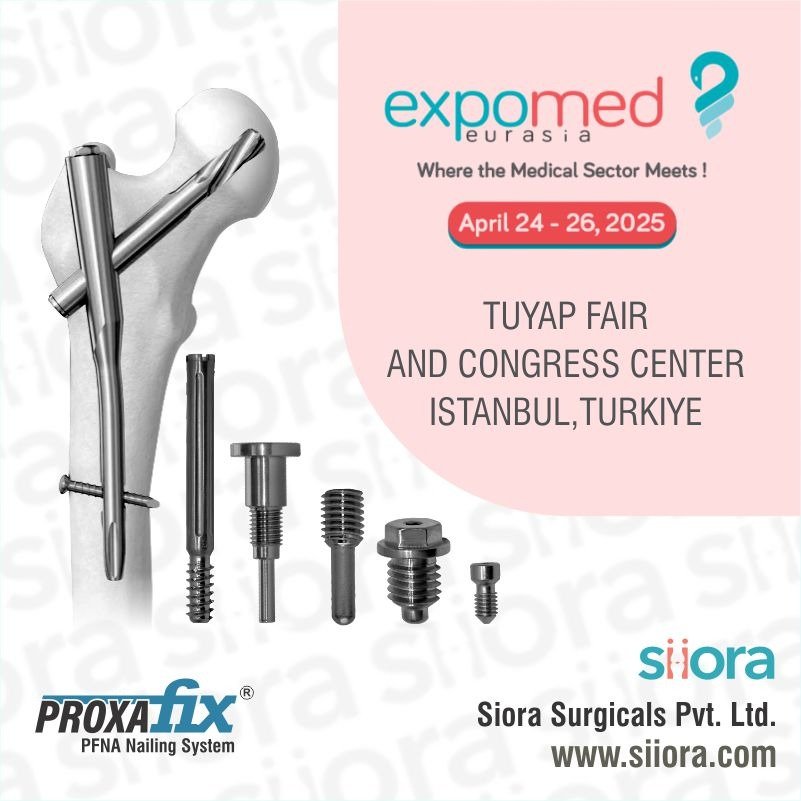Surgical implants act as internal aids to normal healing and CAN’T bear the weight of the body when the bone is incompletely healed/not united. Surgical implants have offered the surgeon a means of rigid fixation for fracture management and reconstructive surgery can be supplied by Ortho Surgical Implants company. ONLY TRAINED ORTHOPAEDIC SURGEON should decide the use of correct implants & should do its fixation following an accepted surgical procedure.
Selection of the Patient
During the selection of patients the following factors MUST be considered:
Immunological Intolerance
Immunological intolerance may occur in some patients. Where material sensitivity is suspected, suitable foreign body tests should be performed.
Degenerative Diseases
In the case of patients suffering from degenerative diseases, this can get aggravated during implantation. This will also decrease the expected life of the implant. In such cases, surgery can be considered only as a temporary relief.
Mental Illness
Mental illness or schizophrenia can cause patients to ignore, the limitations and precautions of the implanted material. This may result in implant fracture and complication.
Alcohol and Drug Addiction
Patients who are addicted to alcohol and drugs may ignore during the state of stupor or during the stage of withdrawal, the essential precautions for the use of implants. This may result in complications of failure of implants.
Obesity
An obese patient produces abnormal stresses leading to increased load on the implant. This ultimately results in failure of the implant.
Activity
If the patient indulges in an activity involving significant muscular strain in the implanted region, then the result could be a failure of the implant.
Selection of the Bone Screws
For successful implantation, the selection of the proper size, shape, and design of the screw is critically important. The size and the shape of the human bones put limitations on the size and strength of implants during fracture management and reconstructive surgery. Screws are used to fix other implants like plate or nail to the bone. The doctor/Orthopedic Surgeon must select the appropriate implant depending upon the application. Plus, he should also check the fitment of the screw with Plate/ Nail before use. Both implants should be of the same make and material. Different make may cause poor fit/mismatch leading to poor fixation or implant failure. Different materials can lead to galvanic corrosion resulting in poor implant performance and early failure.
Handling of Screws
The technique of using the bone screws to bend a plate to fit the bone is not recommended as the screws are instantly subjected to a strong expelling force.
Cleaning & Sterilization of Orthopaedic Implants
All screws are thoroughly cleaned before packing. Yet, it is recommended that before use, the screws should be cleaned with clean water to remove any residual matter adhering to it. It should then be sterilized by autoclaving for enough duration. Only then, it is ready for implantation by surgical procedure.
Proper Screw Fixation
If the screw is not properly centered while being tightened, there will be a tendency for the countersink in the plate to force it to one side, thereby damaging the good threads already cut in the bone and producing a strain, which may probably lead to necrosis and early loosening of the screw.
The correct and right side of the instrument must be used which is not of a different make and material, likely to cause damage to the screw head due to misfit. Do not use worn-out or partly damaged instruments. If the tip of the screwdriver is worn out, it may lead to slippage while tightening the screws and eventually damage the screw head also. Use of torque limiting screwdriver is recommended to safeguard against the possibility of over or under-tightening, which can lead to poor implant performance or early failure.
Screw Removal
The surgeon must take the final decision on implant removal. It is suggested that the implant used as an aid for healing should be removed once its service is over, specifically in younger and more active patients. A screw, if damaged during fixation should not be used and removed. In the case of Head damage, screw removal instrumentation should be used to remove it.
Post Operative Care
A patient must be made aware by the operating surgeon of the limitations of metallic implants. Besides this, precautions need to be taken to avoid unnecessary stress to the implant. No partial weight bearing or non-weight bearing device can be expected to withstand the unsupported stresses of the excessive muscular activity or full weight-bearing when there is an un-united fracture. The bone union is a must and the patient must be informed by the operating surgeon for restriction of his activities to assist in healing.
Do Not Reuse Implants
Used implants that appear undamaged may have internal and external defects. It is possible that individual stress analysis of every part may fail to reveal the accumulated stress on the metals as a result of use within the body. This may lead ultimately to implant failure.
Do Not Sterilize Again
This symbol on the label implies that Implant has been supplied duly sterilized by Gamma irradiation and should not be re-sterilized. In case the packing is damaged DO NOT use the implant.
Disposal Of Implant
Every implant must be discarded after its usage and should never be re-used. They should be bent & then disposed of properly so that they are unfit for reuse. While disposing of, ensure that the discarded implant does not pose any threat to children, stray animals & the environment.








